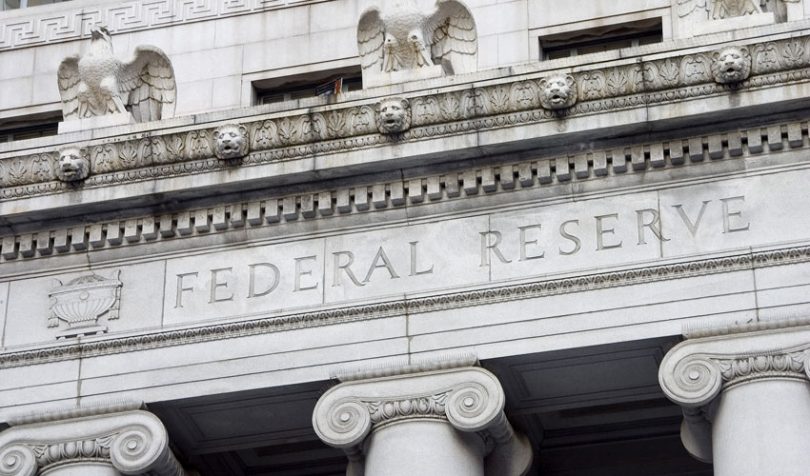
Everyone is concerned about inflation.
But this might be the greater market threat.
That would be deflation.
Yes, falling prices could be the greater threat.
I’m not alone in my sentiment. Cathie Wood, Elon Musk, and Jeffrey Gundlach (the bond king) have expressed similar concerns.
Wood sees innovative technology as increasing productivity to put downward pressure on prices. She notes that prices have already fallen in many core commodities.
Wood is on to something.
Gold peaked two years ago. The gold price has trended mostly lower. Lumber, copper, iron ore, and oil have all dropped double digits from their highs.
As for Musk and Gundlach, they see the Federal Reserve overshooting the mark on interest rates by hiking rates too high in its zeal to quell inflation.
Discover Elon Musk’s Master Plan 3.0: The billionaire Tesla and SpaceX founder is just days away from releasing his 3rd “Master Plan.” It’ll reveal his detailed plans for launching the 4th Industrial Revolution. Now’s your chance to get urgent details – and buy the right stocks before the news hits. Click here for the urgent briefing.
Gundlach is particularly concerned about the Fed’s impatience. The Fed, Gundlach thinks, hasn’t given the previous rate hikes sufficient time to see the impact on the economy.
The yield curve is another worry.
The Fed’s interest rate hikes have flattened and inverted the yield curve.
This is a big deal.
When the yield on the three-month Treasury bill rises above the yield on the 10-year Treasury note, a recession usually follows.

As I write today, the six-month, two-year, and five-year Treasury securities all yield more than the 10-year Treasury note. The three-month bill isn’t quite there, but it’s close enough.
If inflation gives way to deflation (and a recession), the Fed will respond by loosening monetary policy. It will start to loosen by reducing interest rates.
Indeed, some market watchers see it that way, with the Fed starting to reduce rates as early as the first quarter of 2023.
The prospect of lower interest rates creates an opportunity in an asset class few of us have considered over the past decade – U.S. Treasury bonds.
Gundlach, for one, sees long-term U.S. Treasury bonds as a worthwhile investment opportunity.
When the Federal Reserve reduces interest rates, bond prices rise. What’s more, the longer the maturity of the bond, the greater the rise.
The Latest Development in Tesla’s Secret Master Plan 3.0.
I offer an example.
The 30-year U.S. Treasury bond has a 3.0% coupon rate (what the bond pays in interest). The market yield is close to 3.5%. Because the market yield is higher than the coupon rate, the bond is priced below par ($1,000), around $908.
Let’s assume investors begin to anticipate Fed interest rate cuts. They will bid the bond price higher. Let’s assume the buying drops the market yield to 3.25%.
Should that occur, the bond price would rise to $952 – a 4.9% gain.
The more buying, the higher the price, the lower the yield.
If buying drops the market yield to 3.0%, the bond price rises to par ($1,000) – a 10.1% gain.
If the buying drops the market yield to 2.75%, the bond price rises to $1,050 – a 15.6% gain.
The gains might appear unspectacular, but we need to remember that these are the safest investments on earth. Default risk is practically zero. (You also get the 3% coupon payment.)
If you’re interested in getting a jump on the Fed, you can buy U.S. Treasury securities through most on-line brokerage accounts. There’s a little more to it than buying stocks or other exchange-traded securities. You might consider contacting your broker first if you are new to bond investing.
Or you might consider an exchanged-traded fund.
The Vanguard Extended Duration Treasury Index Fund (NYSEArca: EDV) and the Vanguard Long-Term Treasury Index Fund (NASDAQ: VGLT) are two of the cheapest long-term Treasury funds on the market.
Good Investing,
Stephen Mauzy
Contributing Editor
 Facebook
Facebook
 Twitter
Twitter